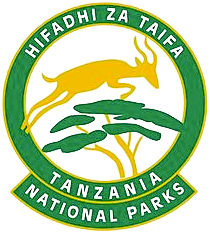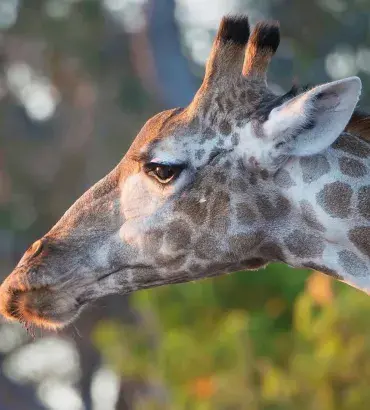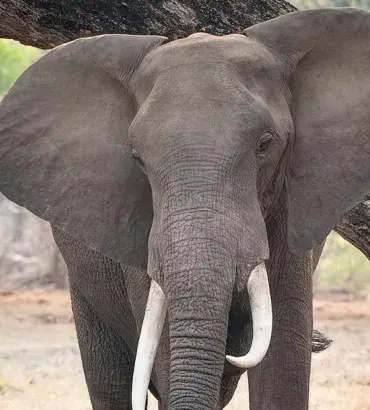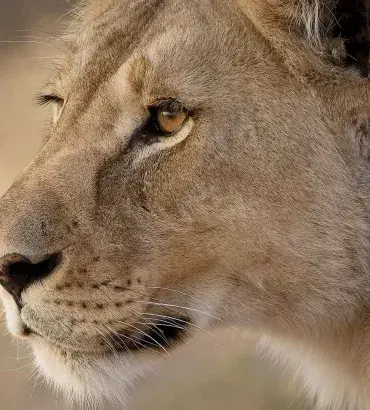Restoring Ecosystems & Managing Landscapes
To stop and reverse habitat loss, we work with protected-area authorities to strengthen their management of protected areas by equipping them with equipment, tools, and training in best practices. We also help to establish and support the management of community conservancies and community forests. Many of these community conservation areas protect wildlife corridors—natural areas that allow wildlife to travel from one habitat to another—which are crucial for seasonal wildlife movement or adapting to the effects of climate change. Creating these areas involves participatory, inclusive land-use planning, robust local governance, and sustainable and prosperous community livelihoods strategies. The end results are intact ecosystems that can provide essential ecosystem services and are more resilient to climate change.
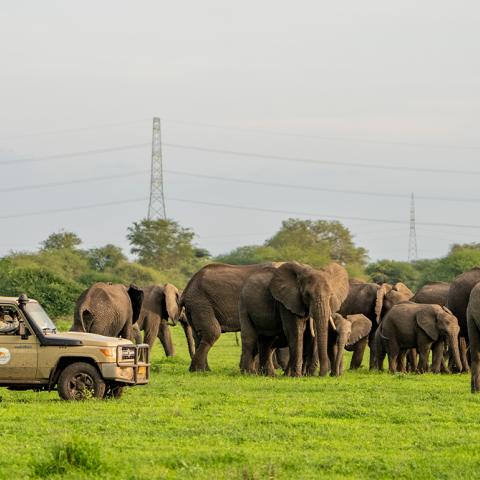
Maasai Steppe
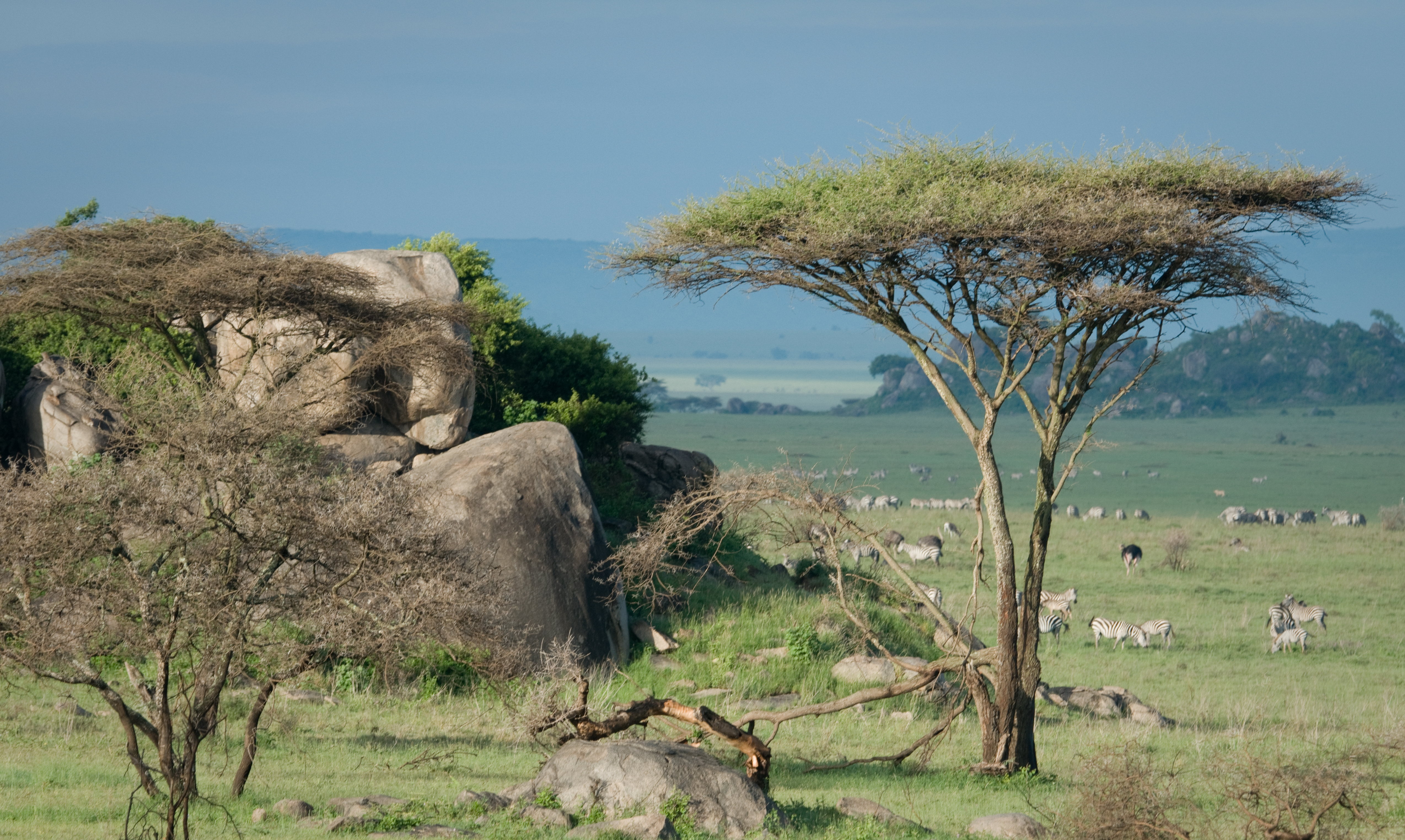
The Maasai Steppe is an important landscape in northeastern Tanzania, covering approximately 40,000 square kilometers. It includes two national parks—Tarangire and Lake Manyara. The greatest threat in the landscape is habitat fragmentation caused by infrastructure and farming.
Since 2014, we’ve supported local communities and the Tanzanian government in securing the 44,930-acre Manyara Ranch Conservancy, part of a critical wildlife corridor connecting Tarangire National Park to key water sources—Lake Manyara to the west and Lake Natron to the north. Until recently, the Ranch was ravaged by overgrazing and poaching. Since AWF’s intervention, it has become a habitat for elephants, leopards, aardvarks, and elands and a significant corridor for wildebeest migration. And it continues to be a critical breeding ground for giraffes.
Threats remain, however, including agricultural expansion, infrastructure development, and climate change impacts.
Working with local and government partners, we have been able to:
- Reduce human-wildlife conflict through the development of business enterprises that diversify local incomes and through mitigation strategies such as predator-proof bomas
- Improve habitat integrity through effective land-use planning
- Enhance community well-being through strengthened natural-resource management
- Provide conservation education to local school children
Why Wildlife Corridors Are Crucial: Manyara Ranch Featured on Advancements With Ted Danson. Watch below.
A Resurgence of Wildlife
Manyara Ranch is a model mixed-use conservancy that maintains a herd of more than 800 Boran cattle—a use that supports conservation activities as well as the Ranch’s outreach to local Maasai herders. When we began working here in 2014, it was ravaged by overgrazing and poaching. Today, wildlife is thriving.
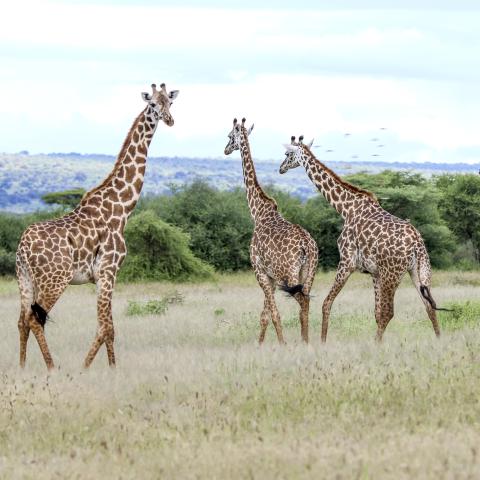
Pagination
- Page 1
- Next page
